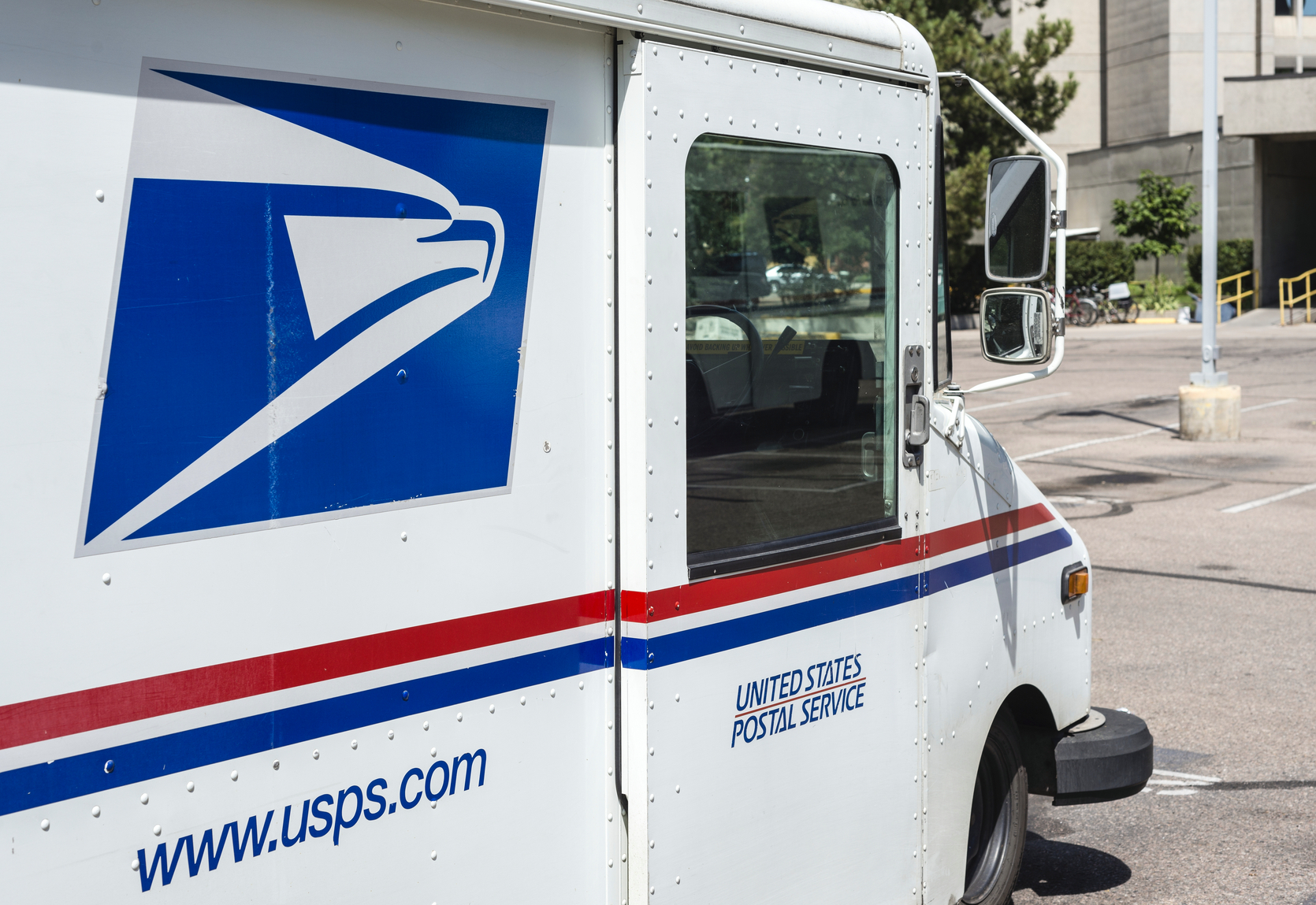Forty-six years ago this month, the U.S. Post Office Department became the United States Postal Service (USPS), the current form of postal delivery that we see today. Now an independent agency of the U.S. government, it has exclusive control over the postal system. Like every other government monopoly, it has lost money—$56.8 billion since 2007.
The Postal Service is a smorgasbord of common government failures, including high labor costs due to unions (including the American Postal Workers Union, the National Association of Letter Carriers, and the National Rural Letter Carriers’ Association), congressional burdens restricting needed changes, unfunded pensions, and a failure to adapt to the 21st century.
The majority of the problems faced by the Postal Service can be traced back to the Postal Reorganization Act. This bill was a response to the Postal Strike of 1970, which was so severe that President Nixon ordered the National Guard to deliver the mail. In the aftermath of the strike, the postal union won collective bargaining and a provision mandating that unions and USPS send unresolvable disputes to arbitration. Binding arbitration does not have to consider the financial situation of the Postal Service, so results in higher labor costs.
A study from Georgetown University economist Robert J. Shapiro estimates that Postal workers earn between 24 percent and 36 percent more than comparable workers in the private sector. Because of this, labor costs represent approximately 80 percent of all expenses incurred by USPS. For comparison, private delivery service UPS’s labor costs only make up 62 percent of expenditures, even though UPS is unionized. And at union-free FedEx, labor costs come in at just 38 percent of total operating expenses.
Defenders of the Postal Service argue its debt numbers are inflated due to a law passed in 2006 requiring USPS to prefund its pension and healthcare programs. But the Post Office has not made a prefunding payment since fiscal year 2011. Testimony from the Government Accountability Office reveals that even without the prefunding requirement, USPS would have still lost $10.8 billion since 2007.
The Postal Service claims it receives no tax dollars and it is solely funded by sales of postage and other products. But this conveniently omits other federal subsidies and benefits. For instance, the Postal Service pays nothing in federal, state, and local taxes on income, sales, property, and purchases. This saves the agency over $2 billion each year, giving it a major advantage over private competitors. The USPS is also immune from zoning regulations, tolls, vehicle registration, and parking tickets.
The one tax paid by the USPS is the federal corporate income tax on its competitive services, such as package delivery. But even this “tax” is not really a tax. The revenue goes to the Postal Service Fund (PSF) in the U.S. Treasury, not the IRS, and the USPS has full authority to withdraw funds from the PSF to cover expenses. The Postal Service gets back the taxes it pays.
The Postal Service has another advantage: it can borrow money from the Treasury at a reduced interest rate. There is a cap of $15 billion, and in 2012 the Postal Service reached the limit. Shapiro notes that borrowing at this artificially low rate is equivalent to a subsidy of almost $500 million.
The shortcomings of USPS can be traced to its role as a government-instituted monopoly. The lack of competition for sending first-class letters reduces innovation. Times have clearly changed in the postal industry: mail volume in U.S. has dropped 28 percent between 2006 and 2015. Over that period, the number of full-service retail post offices declined from 32,583 to 31,606, a decline of 3 percent. No private company could sustain itself under these conditions without innovating and changing its business model.
The United States could follow the example of Britain and some other European Union nations, which successfully transitioned from a government monopoly of postal services to a privatized and competitive market. For example, according to the Consumer Postal Council, over 30 firms in Sweden are licensed to deliver mail, 59 in the United Kingdom, and over 100 in Germany. There are fears that those in rural areas would not receive mail under a privatized system. However, both the EU and Britain have requirements for universal delivery. It has been shown that liberalized markets offer increasingly efficient postal services.
To make the Post Office more attractive to potential buyers, the federal government could purchase its debt, valued at $125 billion. This would prevent further losses and provide billions in future tax revenue. A majority of the cost could be recouped by selling USPS assets, whose value is estimated at $85 billion. Including the implicit subsidies and tax revenue, a sale of USPS would quickly repay the initial taxpayer investment.
Privatization would prevent a total collapse and provide better service. Let us hope this year is the last birthday of USPS and that a private company can bring the postal industry to its full potential.
Shane Otten is an E21 contributor.
Interested in real economic insights? Want to stay ahead of the competition? Each weekday morning, E21 delivers a short email that includes E21 exclusive commentaries and the latest market news and updates from Washington. Sign up for the E21 Morning Ebrief.
